Finding Joists in Porch Ceiling for Plant Hooks
Carol love_the_yard (Zone 9A Jacksonville, FL)
10 years ago
Featured Answer
Sort by:Oldest
Comments (14)
homebound
10 years agoRelated Professionals
Grain Valley Kitchen & Bathroom Remodelers · Gilbert Kitchen & Bathroom Remodelers · Spokane Kitchen & Bathroom Remodelers · Alamo General Contractors · Noblesville General Contractors · Renton General Contractors · Rocky Point General Contractors · Woodstock Painters · Berkeley Painters · Champlin Painters · Derby Painters · Everett Painters · La Vergne Painters · Meadow Woods Painters · Oxford Paintersbrickeyee
10 years agohomebound
10 years agobus_driver
10 years agoCarol love_the_yard (Zone 9A Jacksonville, FL)
10 years agobrickeyee
10 years agoCarol love_the_yard (Zone 9A Jacksonville, FL)
10 years agoCarol love_the_yard (Zone 9A Jacksonville, FL)
10 years agobrickeyee
10 years agoCarol love_the_yard (Zone 9A Jacksonville, FL)
10 years agoCarol love_the_yard (Zone 9A Jacksonville, FL)
10 years agohomebound
10 years agohomebound
10 years ago
Related Stories

FEEL-GOOD HOMEWhat Really Makes Us Happy at Home? Find Out From a New Houzz Survey
Great design has a powerful impact on our happiness in our homes. So do good cooking smells, family conversations and, yes, big-screen TVs
Full Story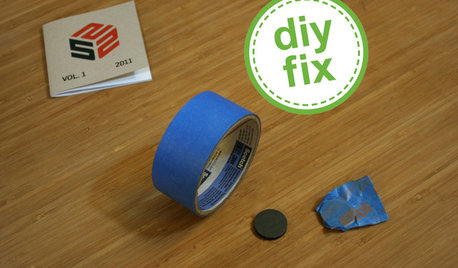
DECORATING GUIDESQuick Fix: Find Wall Studs Without an Expensive Stud Finder
See how to find hidden wall studs with this ridiculously easy trick
Full Story
HOUZZ TOURSMy Houzz: Salvage Finds and DIY Love in Rhode Island
A Providence couple layers on meaningful mementos and hands-on style for a personalized interior palette
Full Story
HOUZZ TOURSMy Houzz: Art and Lucky Finds Fill an Airy New House
Bicycle wheels, wire hangers, IV drips ... anything can become furniture in this artistic family's home
Full Story
KITCHEN APPLIANCESLove to Cook? You Need a Fan. Find the Right Kind for You
Don't send budget dollars up in smoke when you need new kitchen ventilation. Here are 9 top types to consider
Full Story
KITCHEN DESIGNHow to Find the Right Range for Your Kitchen
Range style is mostly a matter of personal taste. This full course of possibilities can help you find the right appliance to match yours
Full Story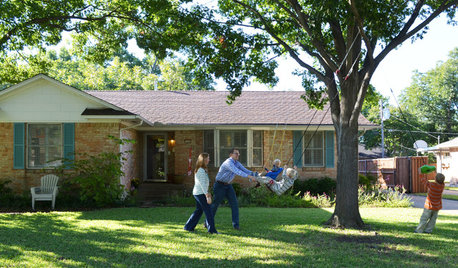
MOVINGHouse Hunting: Find Your Just-Right Size Home
Learn the reasons to go bigger or smaller and how to decide how much space you’ll really need in your next home
Full Story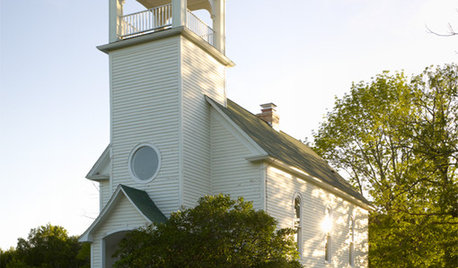
BEFORE AND AFTERSHouzz Tour: An 1898 Church in Wisconsin Finds Resurrection
Neglected and in disrepair, an old church gets a glorious renovation by an architect with a love of historic details
Full Story
ARCHITECTURERoots of Style: Spanish Eclectic Homes Find a Place in the Sun
Flexible stucco, intricate tiles and more have kept this multicultural style going strong for a century
Full Story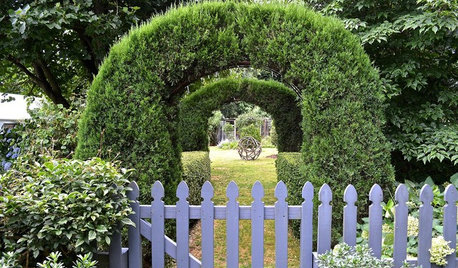
HOUZZ TOURSMy Houzz: Artists Find Their Dream Home in the Country
Their own and others’ creative works fill their renovated house and studio in Australia's Southern Highlands
Full Story









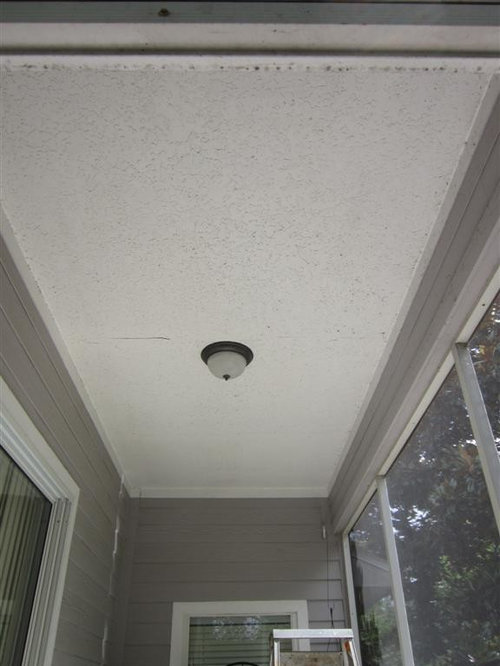
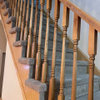
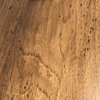

Carol love_the_yard (Zone 9A Jacksonville, FL)Original Author